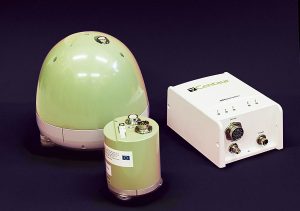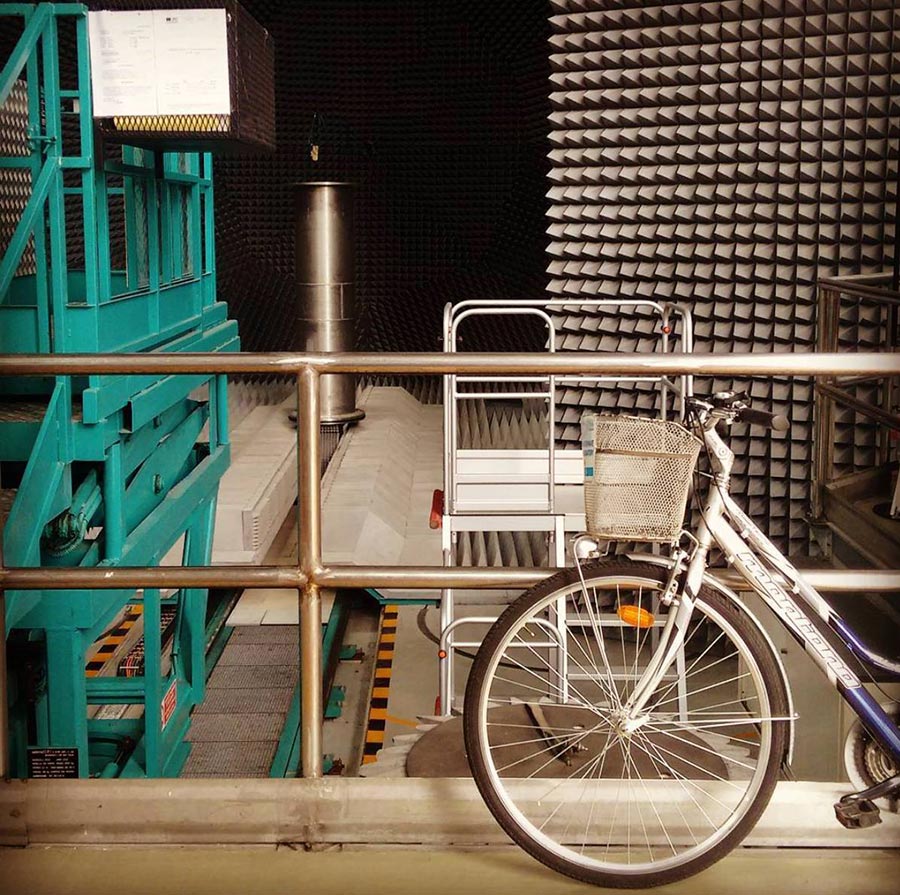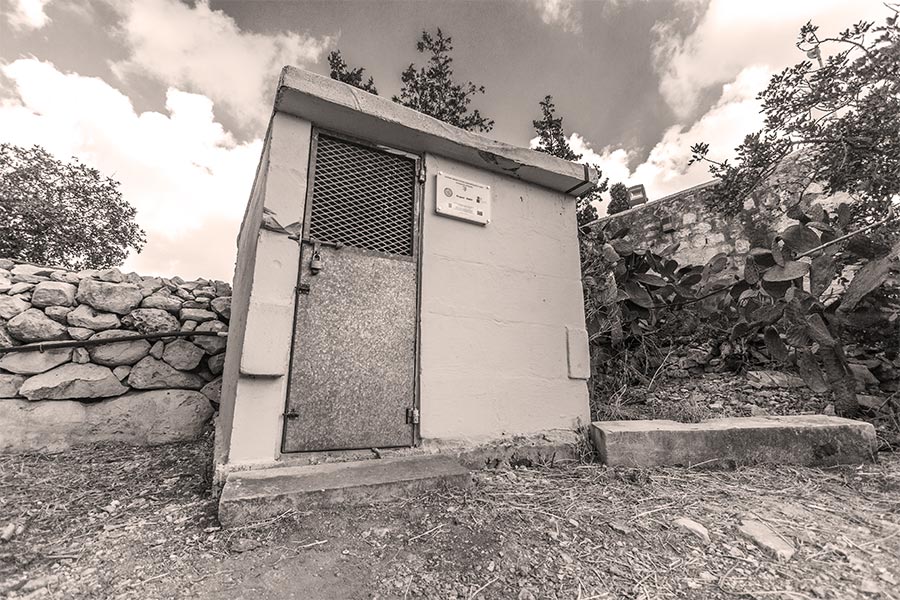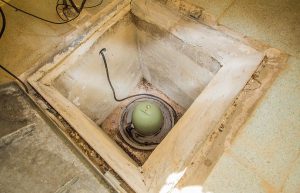Running with ideas
Prof. Joseph N. Grima’s work on auxetic metamaterials has been lauded the world over. Now that NIKE has released a shoe with an auxetic sole, he talks to Clemens Uhl about his thoughts on sharing knowledge.
Malta’s brightest exports: Travelling to the EU’s JRC
A group of Maltese researchers travel to the European Commission’s Joint Research Centre site in Ispra to share their work in the fields of climate change, environment, and medicine. Cassi Camilleri writes.
Level up! Upgrading game-based learning
Suggesting a teacher might start the lesson by telling students to launch Pokémon-Go on their tablets might sound crazy, but this could be the new way to engage a generation of technophiles. Dr Vanessa Camilleri writes about the potential impact of gaming in the classroom.
Growing up in the digital age
With the rise of digital technology and its impact on early childhood development, young children and parents alike are stepping into unchartered territory. Hans-Joachim Sonntag talks to Prof. Charles L. Mifsud and Rositsa Petrova about their latest study in collaboration with the European Commission’s Joint Research Centre.
A Green Future for Electrical Networks
Malta can lead EU countries to become the first green island in the Mediterranean with 100% renewable energy. Dr Alexander Micallef, Prof Ing. Cyril Spiteri Staines and Prof. Maurice Apap tell us more about how Malta could do it.
Underwater groundwater
Under the sea is a whole new world with its own geology. Dr Aaron Micallef writes about the MARCAN project, shedding light on the freshwater reserves sitting beneath the sea’s saltwater and how they can be used to alleviate the groundwater problem plaguing The Maltese Islands.
Concrete for sustainability
Concrete is the most used building material supporting the construction boom. Hans-Joachim Sonntag talks to Dr Ruben Paul Borg about advances in cement bound materials that can lead towards sustainable development, more durable buildings, and a lower carbon footprint.Continue reading
Bloomin’ roofs go green
Weather in Malta can be extreme. Summer is scorching. Winter brings storms. Some might blame nature and leave it at that, but there are solutions to these problems. Nigel Borg talks to Antoine Gatt about one of them.
Malta Seismic Network
| Tech Specs |

Sensors: Trillium 120PA/Trillium Compact Technology : 3 symmetric triaxial sensors with force feedback Bandwidth: 8mHz to 150Hz Weight: 7.2kg/1.2kg Height: 20cm/10cm Power consumption: 600mW/160mW Data Loggers: Centaur 24-bit ADC, Internet-enabled |
The earth’s surface is never still. And that is why over the past three years the Seismic Monitoring and Research Group (Faculty of Science, Department of Geosciences), has been placing its ears more firmly to the ground, listening to the smallest vibrations of our Earth.
Since 1995 the Malta Seismic Network has grown from a single seismic station at Wied Dalam to a network of six broadband instruments all over the Maltese Islands.
Stations are installed in several locations. The sensitivity of the instruments means that they need to be homed in places where human interference is minimal. Church crypts and underground tunnels are perfect. Being broadband instruments, they can detect very slow vibrations from frequencies less than a millihertz (the whole Earth’s normal mode frequencies), to tens of hertz (ground motion from anthropogenic noise and near earthquakes).
The network can record close ‘microearthquakes’ with equal clarity to large earthquakes from all over the globe. These massive quakes send seismic waves travelling through the planet’s interior at several kilometres per second. All of this data is transmitted to a University of Malta server, which distributes the information to data centres worldwide.
But what is the advantage of having so many stations in such a small area? Firstly, researchers can gather valuable information and share it with the seismological community to build more detailed models of the Earth’s interior. Secondly, an immediate advantage is the enhanced detection and analysis of smaller and smaller earthquakes from all sides of the island, leading to a deeper insight of active faults. Thirdly, the network gives precious information on the proper es and structure of the rocks of Malta. More accurate information about our islands’ composition and behaviour will help make Malta earthquake-ready.







